Not All Plain and Simple
Grasslands encompass more than 40 percent of the world’s land surface, reaching across six of the Earth’s seven continents. Grasslands, also called plains, prairies and savannas, are large areas of land covered mostly in grass, with sparse small shrub and tree cover. Temperatures in grasslands range according to the season, reaching more than 100°F in the summer and well below zero in winter in some countries. As for precipitation, grasslands can receive anywhere from 10-35 inches a year, mostly occurring in spring and early summer.
Grasslands are excellent habitats for animals to thrive in, providing not only thick coverage for animals to camouflage, but also supplying ample food year-round. Animals that live in grasslands are often grazers and are adapted to sustain long periods of time without water. These ecosystems support large groups of herbivores, who in turn become prey to the carnivores that also inhabit the plains.
African Savannas
Most of the world’s grasslands are found on the continent of Africa. Here, they are called savannas and many of the animals found in the Zoo’s Africa-Okavango Delta call this climate home.
Birds big and small live among the tall grasses in the savannas. Smaller birds like Southern ground hornbills can be found in Southern African countries and typically eat small mammals, reptiles and arthropods. The savanna grasses offer places for the birds to hide, and plenty of vegetation to use when making nests. They pick the largest, tallest trees in the savanna to use as a shelter for their nests.
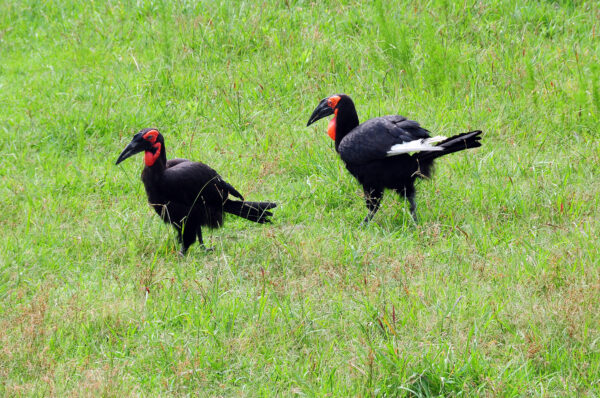
The world’s largest bird, the ostrich is also found in the African savannas. This flightless bird eats small mammals, reptiles and arthropods that hide in the tall grass. When breeding, ostriches will find a clearing of grass and create what is called a communal nest or dump nest. Several males and females take turns incubating up to 60 eggs until they hatch. More eggs successfully hatch overall in a communal nest than if each female ostrich had her own nest to incubate and protect.
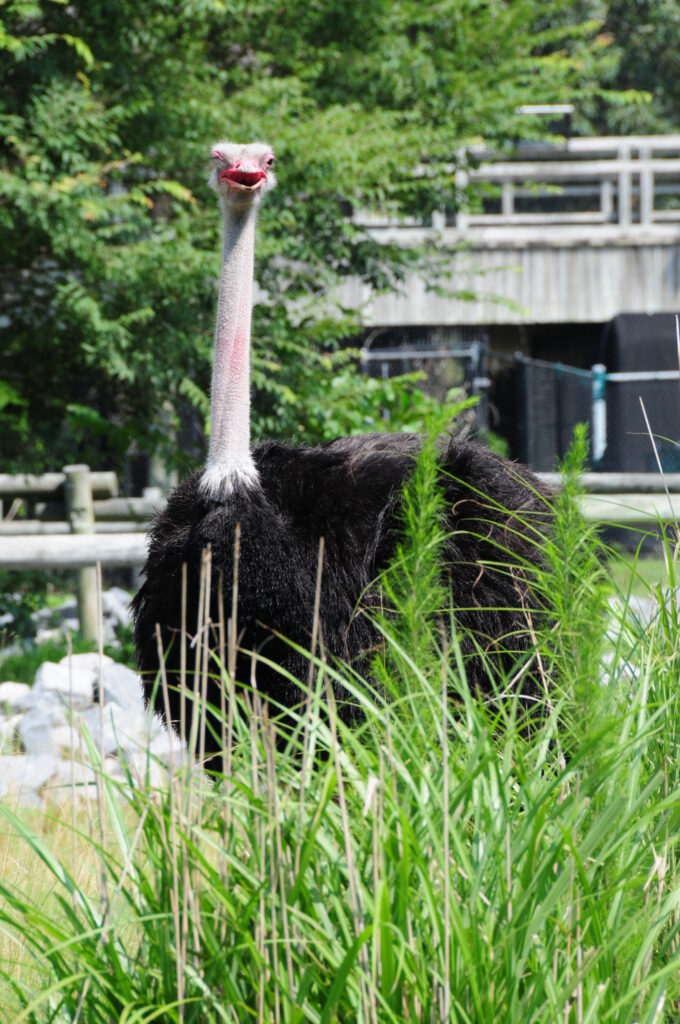
Savannas are also inhabited by a variety of reptiles. Leopard tortoises live in Eastern and Southern African grasslands and graze on grasses, herbs and small shrubs. Aldabra tortoises, twice as large as their other grassland tortoise relatives, live on the Seychelles islands off the coast of Africa and are also grazers of a wide variety of plant material.
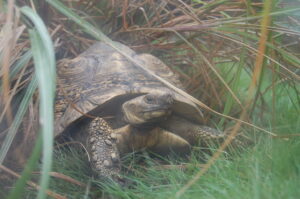
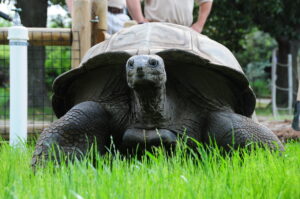
Other reptiles can also be found in African grasslands, including venomous ones. Found in the World of Reptiles at the Virginia Zoo, the Ethiopian mountain adder is a venomous snake that hides in the tall grasses and rocks in its habitat in the wild. The snake uses its venom as a defense mechanism against predators or threats, and typically feeds on small mammals like rodents.
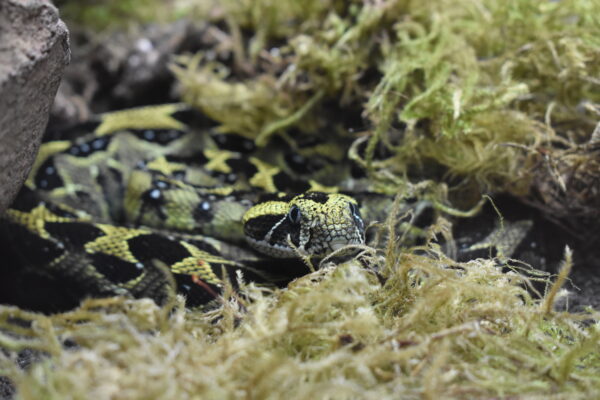
Africa’s savannas aren’t just home to small creatures, but some of the world’s largest species of animals. Herds, or dazzles, of zebras frolic and graze in grasslands, and often live among other herds of larger mammals. Giraffes tower over the Serengeti plains and can be found in some of the same grasslands as Southern white rhinos.
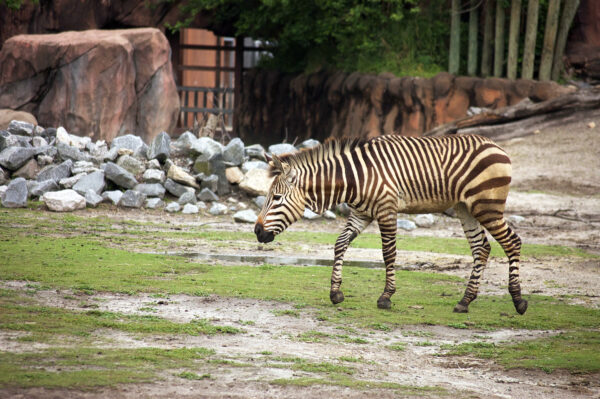
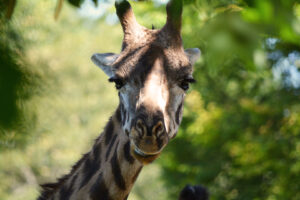
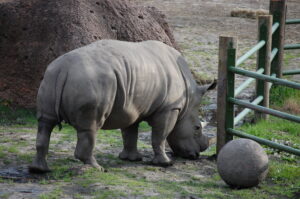
Where there are large quantities of grazing mammals, there are also predators that lurk in the tall grasses. Big cats like cheetahs and African lions prey on animals like zebras and giraffes, and tall grasses aid in performing the perfect sneak attack. Cheetahs use their speed to bring down their prey, while female lions, who do most of the hunting, will group together to surround and kill the pride’s next meal.
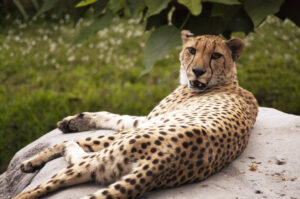
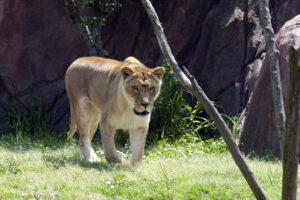
American Plains
On the other side of the world are miles of grasslands, or plains as they’re referred to here, stretching from Canada down into the United States, as well into Mexico and South America.
The Great Plains in the U.S. are home to massive herds of bison. These plains can have extreme temperatures depending on the season, and bison are well equipped to withstand the heat and cold. Bison are grazers that can eat up to 24 pounds of grass and other vegetation per day. Even in the snow, bison keep warm thanks to their thick fur, and their wide mouths and hooves dig through the snow to help them find vegetation to eat.
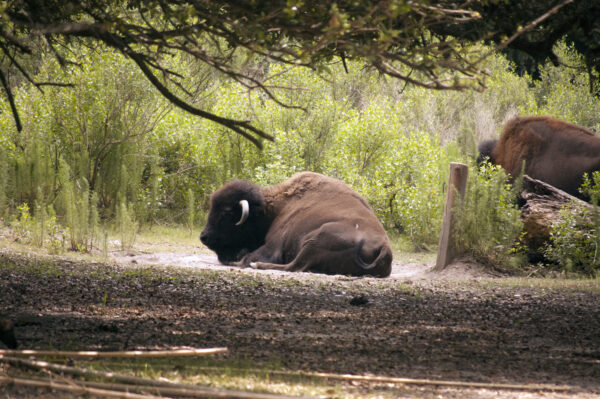
Prairie dogs can also be found in the plains of America. They emerge from their homes to eat shorter blades of grass and to occasionally find invertebrates to munch on. Instead of hiding in the grass to avoid detection from predators, they dig burrows and tunnels systems.
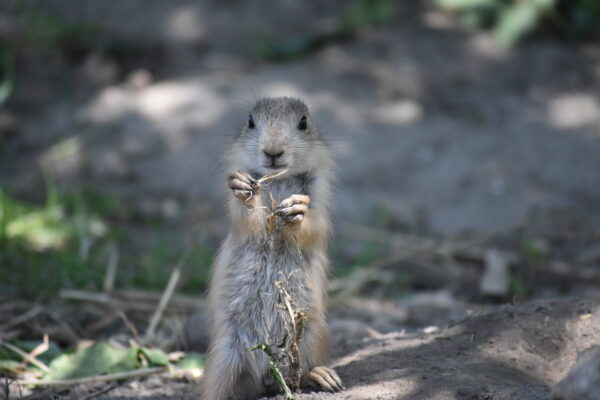
Prairie dog predators often attack from the sky and not from the ground. Red-tailed hawks inhabit a wide range throughout North America and prey on not only prairie dogs, but also on birds, reptiles, fish and other small mammals such as rodents and rabbits. When they aren’t soaring across the plains, they’re often spotted perched on trees and telephone poles.
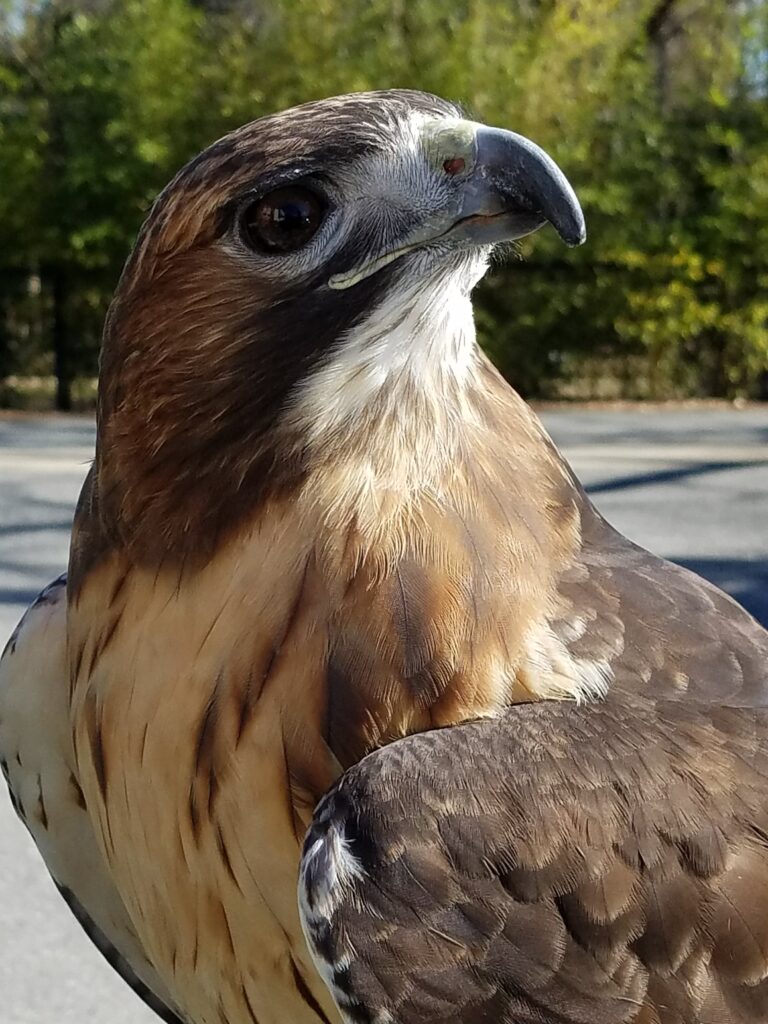
Down into Mexico, animals are both adapted to survive in grasslands and deserts. Rain is less abundant here, resulting in more heat-resilient plants and animals, especially reptiles. Lizards, such as the Giant horned lizard, call dry, temperate plains home.
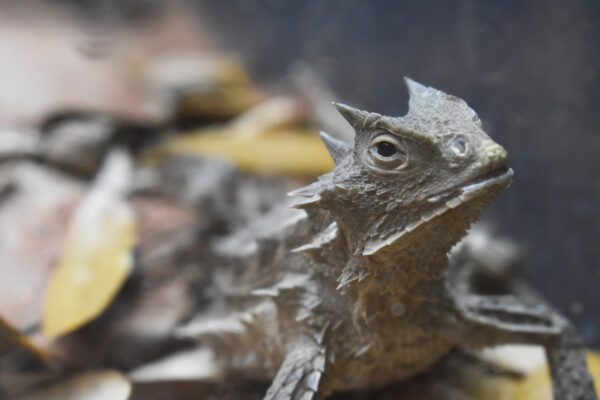
European and Asian Grasslands
Where Europe and Asia meet, grasslands, or steppes, are home to several species of reptiles and birds. Eurasian eagle owls, one of the largest owl species in the world, can be found soaring over the steppes in search of their next meal. The birds of prey eat small mammals and reptiles that hide in the grass.
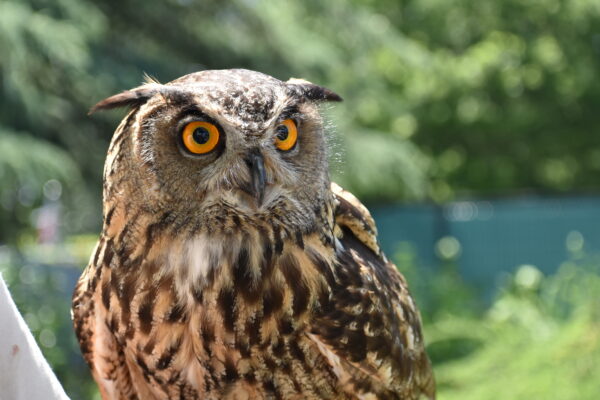
Hermann’s tortoises can be found hiding in the tall grasses in European grasslands that not only offer protection from predators, but ample vegetation to feed on.
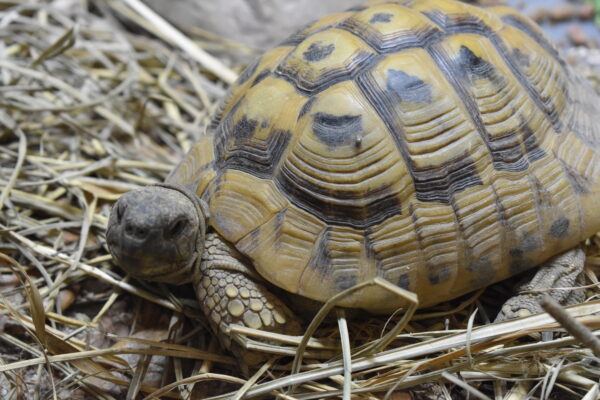
Further east in Asia, Timor pythons inhabit the grassy southeastern islands of Indonesia and use their habitat to their advantage, hiding in the grass and feeding on small reptiles, birds and mammals that cross their path.
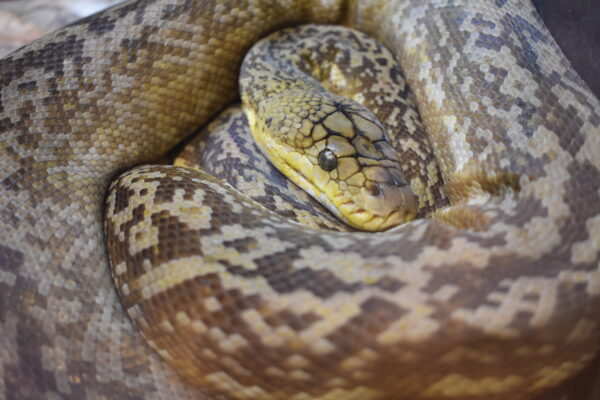
While Norfolk is not a grassland, the Virginia Zoo has recreated several of these animals’ grassland habitats to ensure they are thriving and healthy. It is important for the Zoo to maintain environments that are not only hospitable, but stimulating for each animal. By establishing their native grassland habitats, the animals have more natural behaviors, including hiding and eating the vegetation, just as they would do in the wild.